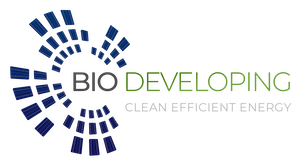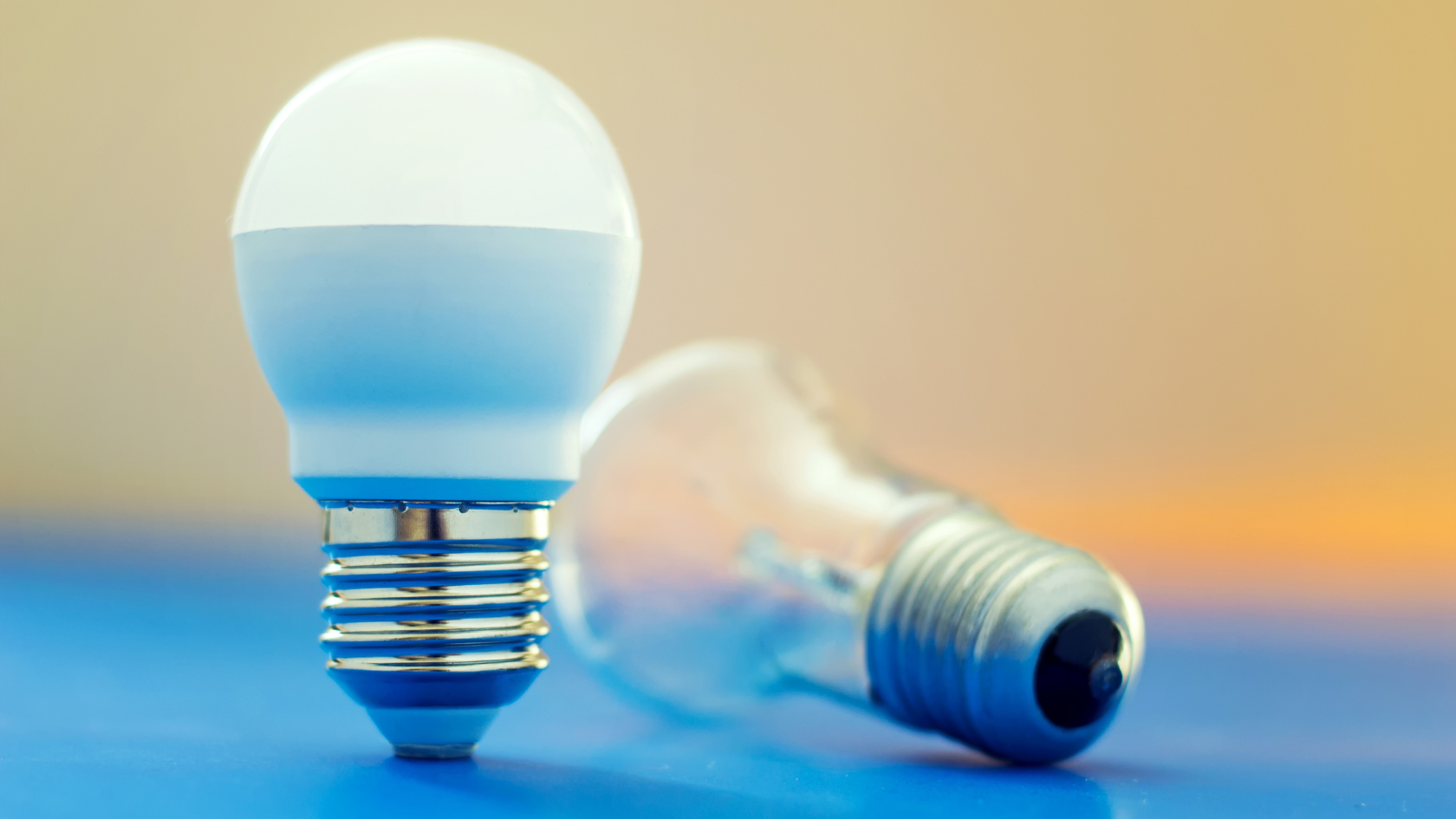If you’re looking for a quick and effective way to improve energy efficiency, don’t underestimate the power of LED lighting. As an expert in energy efficiency, I am often asked, “what is the fastest way to improve energy efficiency?” For those that do not have up-to-date LED lights, my answer is” LED lighting!
Whether looking for a way to reduce energy costs or be more sustainable, improving energy efficiency in buildings is a great way to achieve both. For those seeking an immediate and accessible way to enhance energy efficiency, consider upgrading to LED lighting. This article will explore why LED lighting is the easiest and fastest way to improve a building’s energy efficiency in New Jersey. We’ll also highlight a successful example of LED retrofitting in a commercial building, showcasing tangible results.
LED Lighting:
A Major Game-Changer for Energy Efficiency
Energy Savings
LED (Light Emitting Diode) lighting is more energy-efficient than traditional incandescent or fluorescent lighting. LED bulbs convert more energy into visible light while generating less heat. This efficient use of electricity translates into substantial energy savings for buildings. On average, LED lighting consumes up to 75% less energy than traditional lighting systems, reducing electricity bills and carbon emissions.
Longevity and Durability
LED lighting has an impressive lifespan, significantly outlasting conventional bulbs. LED bulbs can last up to 25 times longer than incandescent bulbs and up to 10 times longer than fluorescent bulbs. This extended lifespan reduces maintenance costs and the frequency of bulb replacements. Additionally, LED lights are more robust and resistant to shock, vibration, and temperature fluctuations, making them ideal for indoor and outdoor applications.
Improved Lighting Quality
LED lighting not only enhances energy efficiency but also provides superior lighting quality. LEDs offer brighter, more focused light with better color rendering, reducing eye strain and improving visibility. Moreover, LEDs offer flexibility in color temperature, allowing customization to create the desired ambiance and mood within a building. This improved lighting quality contributes to a more comfortable and productive environment for occupants.
An Example of The Power of LED Lighting
To illustrate the transformative impact of LED lighting, let’s consider the “XYZ Office Building”, a commercial property in New Jersey. The building’s management recognized the need for energy efficiency improvements and decided to retrofit the entire lighting system with LED technology.
The project began with a comprehensive energy audit to assess the building’s lighting needs and identify areas for improvement. The audit revealed that the building relied on outdated fluorescent lighting, resulting in excessive energy consumption and frequent maintenance requirements.
The retrofitting process involved replacing all fluorescent tubes and fixtures with energy-efficient LED equivalents. The transition to LED lighting resulted in an immediate reduction in energy consumption by approximately 60%. The building’s annual electricity costs plummeted, allowing for significant financial savings for the owner.
In addition to energy savings, the XYZ Office Building experienced improved lighting quality. Occupants noticed a brighter, more vibrant workspace, which boosted productivity and overall satisfaction. The longevity of LED lights meant that maintenance costs and the hassle of frequent replacements were significantly reduced, freeing up resources for other building enhancements.
In Summary:
Regarding quick and effective energy efficiency improvements in New Jersey buildings, upgrading to LED lighting stands out as the easiest and fastest solution. With its energy savings, extended lifespan, and improved lighting quality, LED technology offers many benefits for residential and commercial buildings. The above is just a made-up example of the transformative impact of LED retrofitting, showcasing substantial energy savings, improved lighting quality, and reduced maintenance costs.
By embracing LED lighting, we can significantly strive towards achieving a greener and more sustainable future. Whether for residential homes, office spaces, or public buildings, switching to LED lighting is a tangible and impactful step in the journey toward a more energy-efficient New Jersey. Let’s seize this opportunity to create a brighter, more sustainable future for future generations.
Article by
Rebecca Samson
Editor, Bio Development
Click Here to Schedule a Call With Bio Developing



Recent Comments